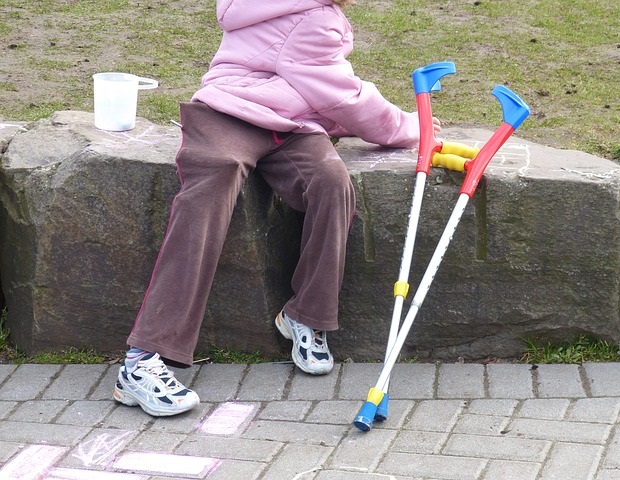What is Paraplegia?
Paraplegia is a type of paralysis that affects your ability to move the lower half of your body. It occurs when an illness or injury impacts the part of your nervous system which controls the lower half of your body. You might have trouble moving your legs, feet, and stomach muscles. In some cases, this paraplegia will only affect one leg. This is called incomplete paraplegia.
Paraplegia is a form of paralysis that mostly affects the movement of the lower body. People with paraplegia may be unable to voluntarily move their legs, feet, and sometimes their abdomen.
Some people experience incomplete paraplegia. This is the case when paralysis only affects one leg.
How is it different from other forms of paralysis?
Different forms of paralysis are named for the areas of the body and how much of the body they impact. Paraplegia only impacts the lower half of the body. Other forms of paralysis include:
- Monoplegia. This type impacts only one limb.
- Paraparesis. This type partially impacts both legs.
- Diplegia. This type impacts either both arms or both legs.
- Hemiplegia. This type impacts one side of the body. For example, your left arm and left leg.
- Quadriplegia. This type impacts both arms and both legs. Quadriplegia is sometimes referred to as tetraplegia.
 What are the symptoms of Paraplegia?
What are the symptoms of Paraplegia?
The symptoms of paraplegia can depend on the person and on the severity of your paraplegia. Some symptoms will be present right away and others might develop over time.
Symptoms include:
- loss of feeling in the lower half of your body
- chronic pain
- phantom pain in the lower half of your body
- bladder and bowel trouble
- difficulty walking and standing
- weight gain
- depression
- sexual difficulties
- skin breakdowns
- infections
- high blood pressure









_6e98296023b34dfabc133638c1ef5d32-620x480.jpg)



